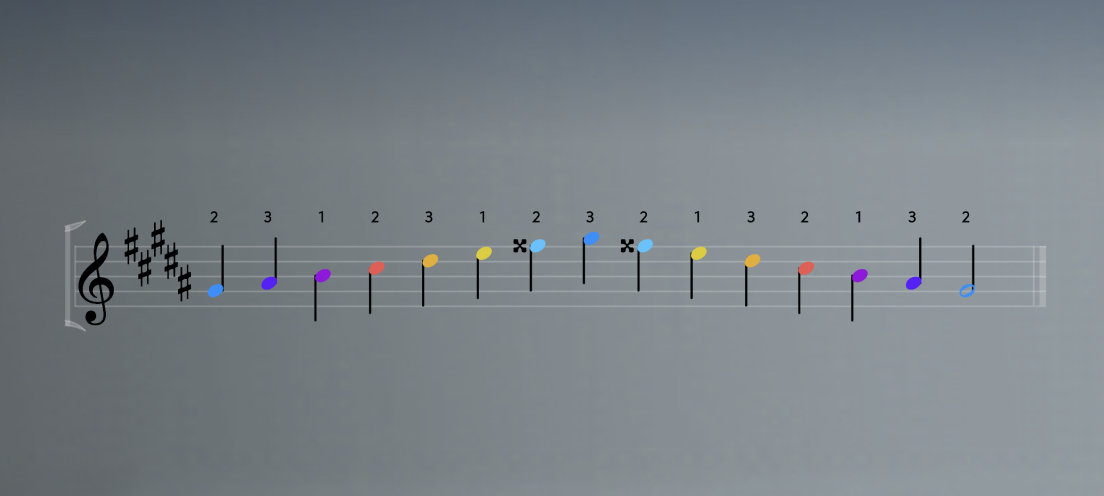Music theory and the art of love songs
Love songs have a special place in our hearts. But what makes them so special?
We’ve all heard a love song or two that just resonates with us. Whether it’s a classic from the 60s or a more recent hit, love songs have a special place in our hearts. But what is it about these songs that makes them so special? It turns out, there’s actually quite a bit of music theory behind them! Let’s take a look at the different elements that make up your favorite love songs.
Major vs Minor Keys
Have you ever noticed how some love songs sound happy and upbeat while others are more melancholic and sad? This contrast can be attributed to whether the song is written in a major or minor key. Major keys tend to evoke feelings of joy and excitement, while minor keys are associated with sadness, longing, and heartache. Knowing which key your favorite love song is in can give you insight into the emotions being expressed. There are 100s of exercises in the ROLI Learn app to help you master keys and scales.

Rhythm & Tempo
The rhythm and tempo also play an important role in expressing emotion through music. Slower tempos tend to have more emotional impact than faster ones since they give you time to really feel what’s being said. Similarly, syncopation (the use of unexpected accents in the rhythm) can create tension or surprise depending on how it’s used. All of these elements combined can create powerful music that expresses complex emotions like those found in love songs.
Harmony & Chords
Finally, chords are an essential part of any piece of music — especially for piano players! Chords provide texture and color to a song by creating harmony between multiple notes played simultaneously. In love songs, certain chords are often used to represent romantic feelings like longing (minor 7th), contentment (major 6th), and joy (major 7th). By combining various chords together, composers can create beautiful progressions that capture all kinds of different emotions related to love. You can learn these piano chords and many more with ROLI Learn and Piano M.

Conclusion
Love songs come in many shapes and sizes but they all have one thing in common — they use music theory to express emotion. From major versus minor keys to rhythm and tempo to harmony & chords, each element has its own way of conveying feeling without using words. As piano learners, understanding the music theory behind these tunes will help you appreciate their beauty even more deeply. So next time you listen to your favorite love song, take some time to reflect on all the musical elements at work — you may hear something new.
Learn your favourite love songs with ROLI
Now you know more about the theory behind your favourite love songs, why not learn them with ROLI Learn and Piano M? Here are just some of the love songs in the app:
John Legend - Love Me Now
The Beatles - All You Need Is Love
Stevie Wonder - Isn't She Lovely
Donna Summer - I Feel Love
The Supremes - Stop! In The Name Of Love
The Supremes - You Can't Hurry Love
Fleetwood Mac - Say You Love Me
Lewis Capaldi - Someone You Loved
Taylor Swift - Love Story
Elton John - Your Song
Bill Withers - Lean On Me
The Cure - Friday I'm In Love
Ellie Goulding - Love Me Like You Do
Justin Beiber - Love Yourself
Haddaway - What Is Love
Little Mix - Secret Love Song
Join the ROLI community